Mangwon Market (망원시장)
10.1Km 2025-07-14
Mangwon-dong, Mapo-gu, Seoul
Mangwon Market is close to both Mangnidan Street and Hangang Park, making it a great place to do some shopping in preparation for a riverside picnic. The market isn’t very large, but one can find classics like the deep-fried and braised chicken, braised pigs' feet, and other snack fare there, along with stores offering food and lifestyle items for some browsing. The roads here tend to be narrow and crowded, and there are cars that run along the alleyways so visitors are advised to to take special care to ensure safety.
Daesungjip (대성집)
10.1Km 2021-03-27
5, Sajik-ro, Jongno-gu, Seoul
+82-2-735-4259
Daejungjip has specialized in Dogani tang (ox knee joint soup) for 60 years. Customers can feel a simple and familiar ambience at the restaurant.
Templo Hwagyesa en Seúl (화계사(서울))
10.1Km 2021-11-29
Hwagyesa-gil 117, Gangbuk-gu, Seúl.
El templo Hwagyesa, bajo la orden Chogye del budismo coreano, se ubica en los pies del monte Samgaksan en Suyu-dong, Gangbuk-gu, Seúl. Aunque se localiza en la capital, el encantador paisaje de su alrededor crea un escenario que permite escaparse de la vida urbana. Construido en el año 1522 (el 17º año del reinado del rey Jungjong de la dinastía Joseon) por el monje Shinwol, fue destruido por un incendio el 1618. En 1866 (el 3º año del reinado del rey Gojong), se reconstruyó con soporte financiero de la corte real. El templo fue construido con un estilo arquitectónico antiguo, junto con Daeungjeon, el santuario principal (Bien Cultural Tangible), el santuario Myeongbujeon, el pabellón Samseonggak, el santuario Cheonbulobaekseongjeon, el pabellón de la campana del templo, la torre Bohwaru y la torre Hakseoru. Un pequeño manantial, llamado Oktakcheon, localizado en el valle (Hwagyeogol) más allá del templo Hwagyesa, es famoso por los poderes curativos sobrenaturales de enfermedades de la piel y el estómago. Una leyenda dice que el manantial fue formado con los picotazos de los cuervos en las rocas.
Seomsonyeon (섬소년)
10.1Km 2021-03-23
12, World Cup buk-ro, 6-gil, Mapo-gu, Seoul
+82-2-333-9286
It is a place to cook using wild seafood directly obtained from the East Coast. This Korean dishes restaurant is located in Mapo-gu, Seoul. The representative menu is spicy pollack stew.
Darakjeong (다락정)
10.2Km 2021-03-26
131-1, Samcheong-ro, Jongno-gu, Seoul
+82-2-725-1697
Darakjeong has been popular for a long time because of the simple taste of its traditional Mandu (Korean stuffed dumpling). Since its opening in 1991, tasty soup and scrumptious Mandu have been served. A fist-sized Mandu is fully packed with seasoned meat, bean-curd, and various vegetables. Its thick dough makes it chewy and delightful. For one person, “Manduguk”(boiled dumpling soup) is a good choice. The delicious and nourishing taste of Mandu goes well with the sweet, spicy, and fresh taste of the soup. Manduguk is served in a brass bowl which keeps the food warm while eating. For a large-size group, “Mandujeongol” cooked with various vegetables in a casserole is recommended. There are two types of Mandujeongol that have different tastes. The main characteristic of “Kimchi Mandujeongol” is its spicy flavor, which reminds people of the refreshing taste of Kimchi soup, and “Tojang Mandujeongol” expounds on the savory taste of bean-paste soup. Tojang means folk soybean-paste. “Nokdujeon”(a Korean pan-fried dish with green mung bean) is another famous dish at Darakjeong, which is pan-fried with a very light seasoning to emphasize the original taste of Nokdu (green mung bean). Salted oysters with hot pepper are served with Nokdujeon instead of soy sauce, which is a perfect match.
Velvet Moon (벨벳문)
10.2Km 2021-03-26
39, Jahamun-ro 5-gil, Jongno-gu, Seoul
+82-10-4028-9957
This coffee shop roasts coffee beans directly. This Korean dishes restaurant is located in Jongno-gu, Seoul. The most famous menu is espresso.
Doseong (도성)
10.2Km 2021-03-26
15, Jahamun-ro 7-gil, Jongno-gu, Seoul
+82-2-738-8885
Sujebi jjambbong (Korean spicy seafood noodle soup with hand-pulled dough) is also a popular menu. This restaurant's signature menu is noodles in black bean sauce. This Korean dishes restaurant is located in Jongno-gu, Seoul.
Nunnamujip (눈나무집)
10.2Km 2020-06-16
136-1, Samcheong-ro, Jongno-gu, Seoul
+82-2-739-6742
Nunnamujip is famous for a North Korean dish called, “Kimchi mari guksu”, which is a noodle dish in cold kimchi soup containing toasted laver, a boiled egg, and sesame. The soup is refreshingly cold and a little spicy. For “Kimchi mari bap”, a bowl of rice is put into cold kimchi soup instead of noodles. The taste is very unique. In addition to Kimchimari, “Tteokgalbi” is a popular dish on the menu as well.
The main restaurant is located in the basement, which has only limited seating capacity with a few tables. As a result, many people usually wait in line for lunch or dinner. A second franchise has opened in a three-story building across the street. To enjoy a quaint atmosphere, the first establishment is better, but the new one’s interior design is much more modern and fancier, giving it a fresh altering look.
Museo del Mueble de Corea (한국가구박물관)
10.2Km 2024-07-29
Daesagwan-ro 121, Seongbuk-gu, Seúl
Ubicado en una colina en el barrio de Seongbuk-dong, en Seúl, el museo brinda la oportunidad de apreciar los muebles tradicionales coreanos. El mobiliario del museo se expone según diferentes temáticas como su ubicación inicial en la casa, sus materiales de fabricación o su región de origen. El museo posee un total de diez casas tradicionales que han sido trasladadas allí y restauradas durante quince años. Se puede apreciar con naturalidad el ambiente residencial en la antigua Corea a través de la decoración interior, los murales con motivos florales tradicionales, las chimeneas y los patios, entre otros. Solo se puede acceder al museo con reserva, y se tarda aproximadamente una hora en recorrerlo en compañía de un guía. Este último le proporcionará diversa información y anécdotas sobre el mobiliario tradicional y la cultura de la vivienda en armonía con la naturaleza en Corea. Además, se pueden ver diferentes cuencos y vasijas antiguas que decoran los ambientes. La aparición de BTS en el programa de televisión coreano “You Quiz on the Block” permitió mostrar el Museo del Mueble de Corea. Además del grupo, el lugar ha recibido la visita de diferentes personalidades internacionales como el presidente de China, Xi Jinping, el actor Brad Pitt y la presentadora de televisión Martha Stewart, entre otros.
Hangeureut (한그릇)
10.2Km 2021-03-18
136, Samcheong-ro, Jongno-gu, Seoul
+82-2-720-5613
A store that also serves delicious meat noodles. The best menu at this restaurant is rice soup. This is a Korean cuisine located in Jongno, Seoul.

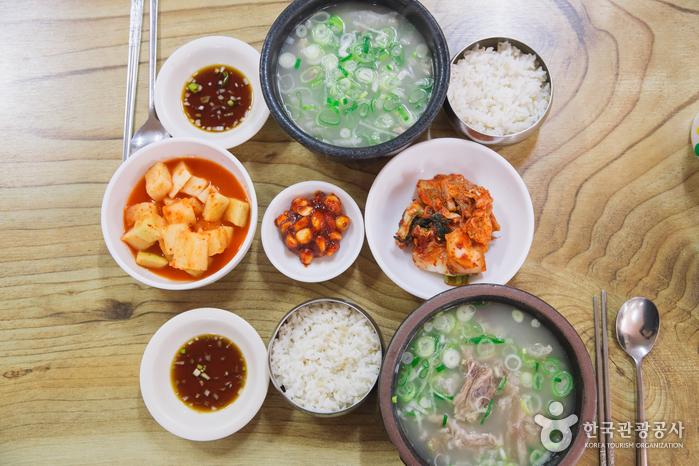
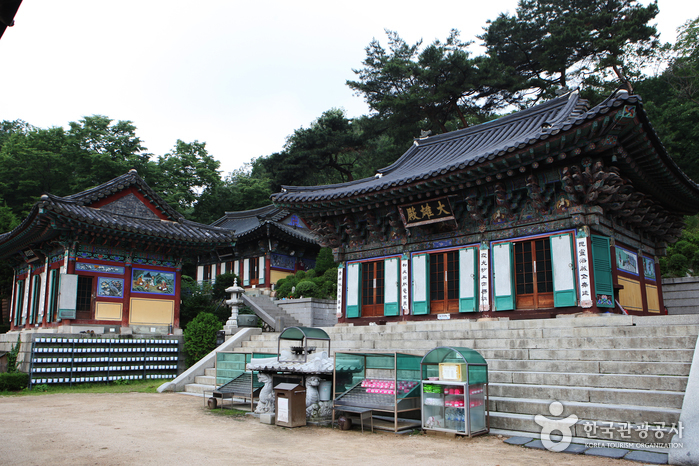
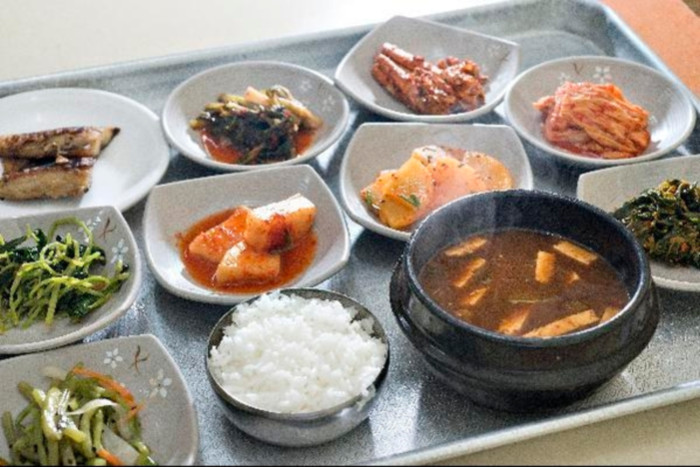
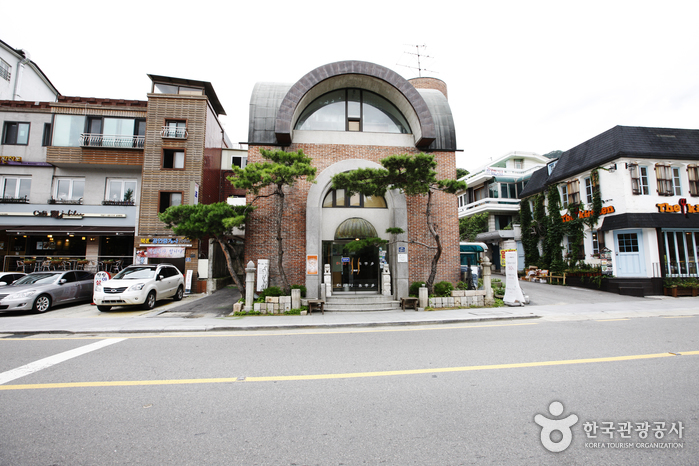
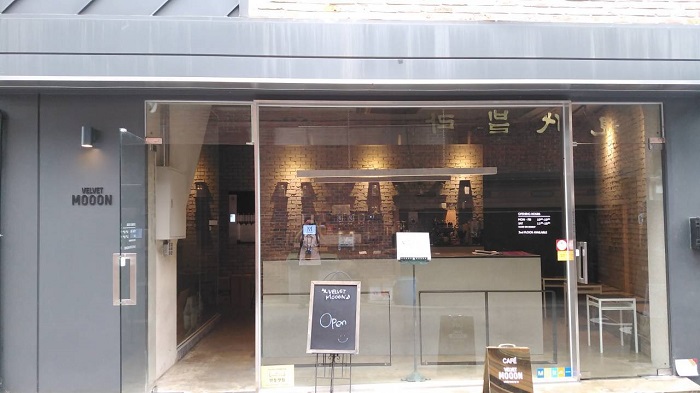
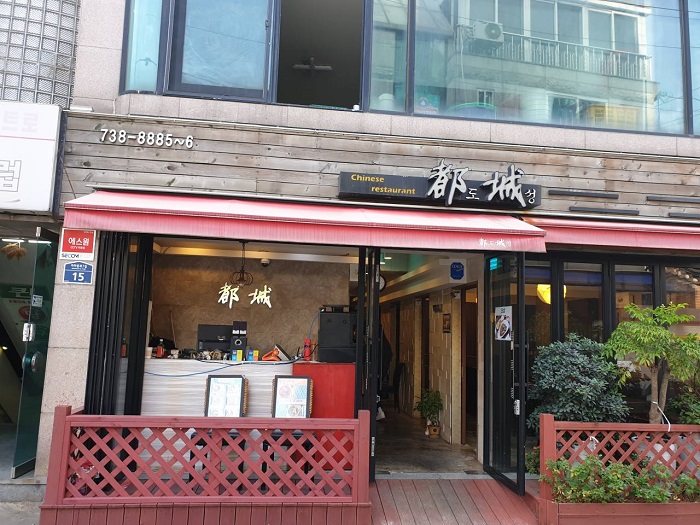
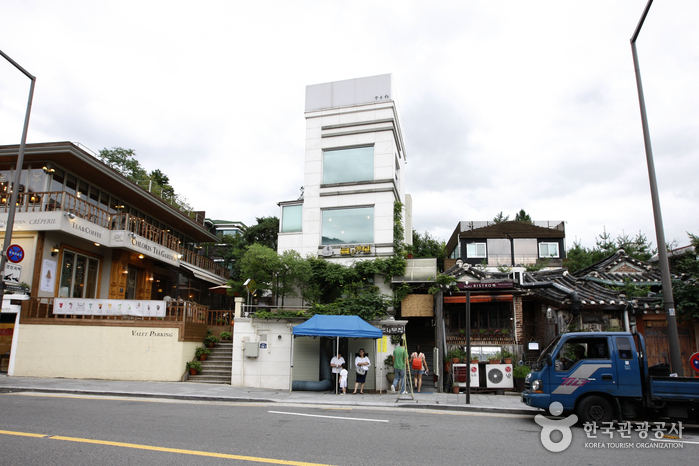
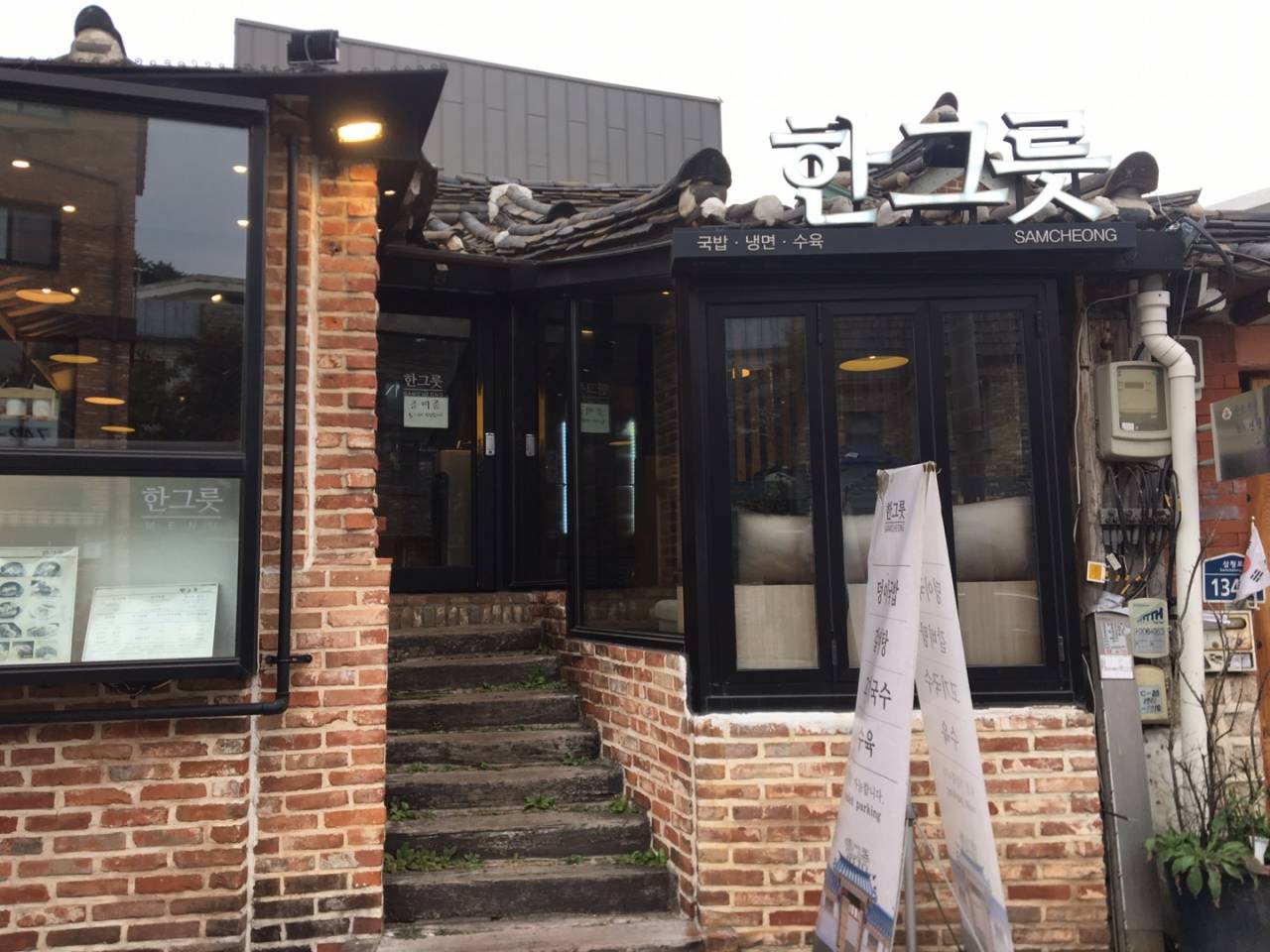
 Español
Español
 한국어
한국어 English
English 日本語
日本語 中文(简体)
中文(简体) Deutsch
Deutsch Français
Français Русский
Русский